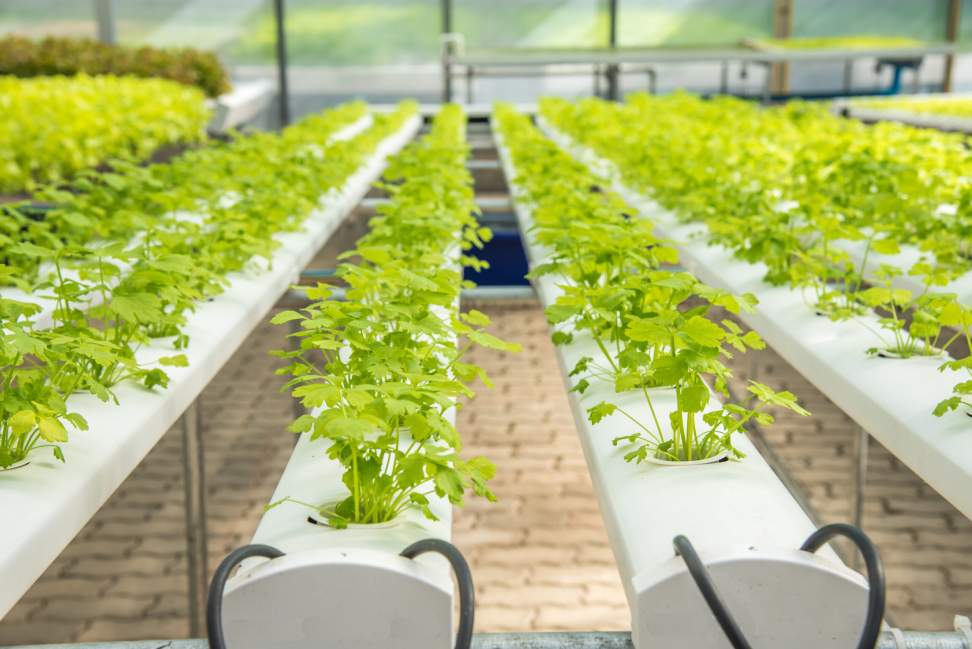11xplay Reddy Login, Betbhai9, T20exchange: Hydroponic farming style offering numerous advantages that make it an appealing choice for growers of all levels. One key benefit is the ability to conserve water, as hydroponic systems use up to 90% less water than traditional soil-based simple farming methods. This not only helps in water conservation efforts but also reduces the overall environmental impact of agriculture.
Additionally, hydroponic farming allows for faster plant growth and higher yields due to the precisely controlled conditions in which the plants are grown. By providing the perfect balance of nutrients, water, and light, hydroponic systems enable plants to thrive and reach maturity more quickly. This efficiency in growth also means that multiple harvests can often be achieved in a shorter period, increasing overall productivity and profitability for farmers.
Different Types of Hydroponic Systems
Hydroponic farming utilizes various systems to grow plants without soil. One common type is the nutrient film technique (NFT), where a thin film of nutrient solution flows through channels to nourish the plant roots. This system is ideal for growing leafy greens and herbs due to its continuous nutrient supply and oxygenation.
Another popular hydroponic system is the deep water culture (DWC), where plant roots are submerged in a nutrient solution with an air stone providing oxygen. DWC is efficient for growing larger plants like tomatoes and cucumbers. The simplicity and effectiveness of this system make it a favored choice for beginners in hydroponic farming.
Essential Nutrients for Hydroponic Plants
Hydroponic plants require a precise balance of essential nutrients to thrive and produce healthy crops. These nutrients are typically divided into two categories: macronutrients and micronutrients. Macronutrients include nitrogen, phosphorus, and potassium, which are essential for plant growth and development. Micronutrients like iron, zinc, and manganese, are required in smaller quantities but are equally important for maintaining plant health and vitality.
To ensure that hydroponic plants receive the necessary nutrients, growers often use a nutrient solution that is water-soluble and contains the required elements in the correct proportions. Monitoring and adjusting the nutrient levels in the solution is crucial to prevent nutrient deficiencies or excesses, which can hinder plant growth and lead to poor crop yields. By providing hydroponic plants with the right combination of essential nutrients, growers can optimize their growing conditions and achieve higher productivity compared to traditional soil-based agriculture.
What are the benefits of hydroponic farming?
Hydroponic farming allows for faster plant growth, increased yields, and the ability to grow crops in environments where traditional farming may not be possible. It also uses less water and space compared to traditional soil-based farming.
What are the different types of hydroponic systems?
Bet365 ID, Play247 Online, Iceexchange: Some common types of hydroponic systems include deep water culture, nutrient film technique, drip system, aeroponics, and wick system. Each system has its own advantages and is suitable for different types of plants.
What are the essential nutrients for hydroponic plants?
The essential nutrients for hydroponic plants include nitrogen, phosphorus, potassium, calcium, magnesium, sulfur, iron, manganese, zinc, copper, molybdenum, and boron. These nutrients are essential for plant growth and development in a hydroponic system.
Have A Look :-


